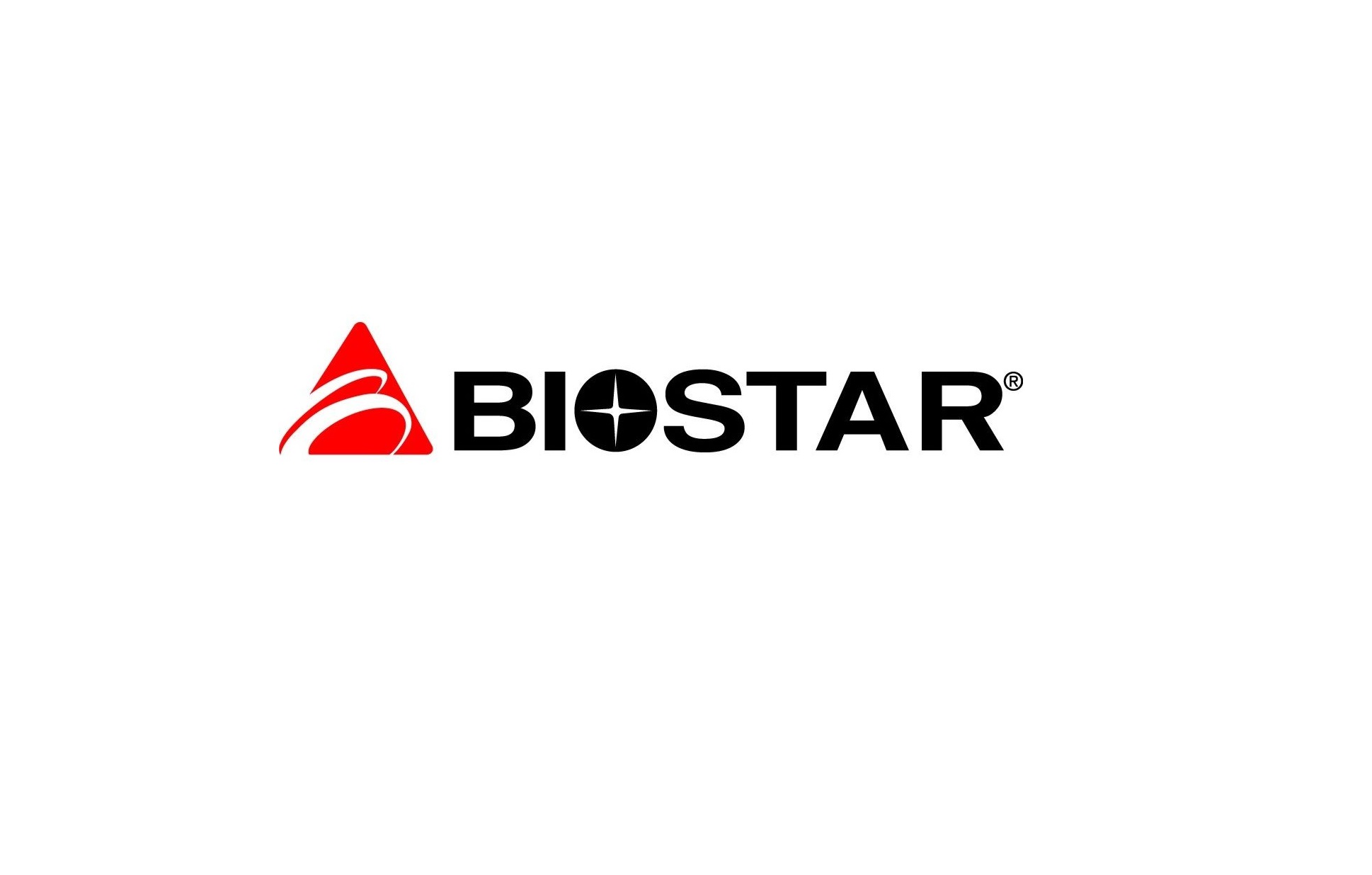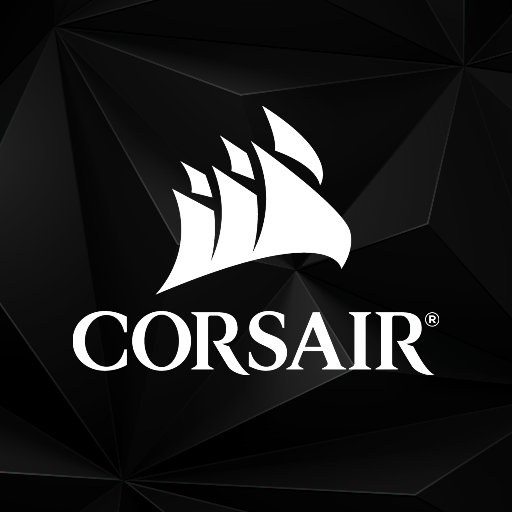LSI Corporation (NASDAQ: LSI) is demonstrating its latest LSI® SandForce® flash controller technology innovations at the Flash Memory Summit, taking place this week at the Santa Clara Convention Center.
Greg Huff, LSI senior vice president and chief technology officer, will deliver a keynote presentation, and additional LSI flash experts will present and participate in forum sessions to provide their insight and perspective into the latest flash memory-based technologies and trends and how they are changing the IT landscape.
SI demonstrations include LSI SHIELD™ technology, an advanced error-correction method designed to deliver enterprise-class SSD endurance and data integrity, even while using less expensive flash memory that typically has higher error rates. SHIELD technology is a unique implementation of low-density parity-check (LDPC) code and digital signal processing (DSP) that will be available in next-generation SandForce flash controllers. The technology combines hard-decision, soft-decision and DSP to provide a comprehensive error correction code (ECC) solution that is optimized for flash memory.
LSI SHIELD technology offers advantages over existing LDPC implementations by uniquely combining several features.
Adaptive code rate: dynamically balances performance and reliability over the life of the SSD
Smart handling of transient noise: reduces overall LDPC latency for improved ECC efficiency
Multi-level ECC schema: judiciously applies stronger levels of ECC to minimize latency while maintaining optimal flash performance
While the value proposition of NAND flash memory grows and is driving the adoption of flash-based storage solutions, the tradeoff is that smaller fabrication geometries come with lower reliability and a shorter lifespan,” said Huibert Verhoeven, vice president and general manager, Flash Components Division, LSI Corporation. “LSI SHIELD technology helps solve these challenges with advanced error correction that is optimized for SSDs and transforms the latest NAND flash memory into a more robust storage solution.
LSI Demonstrations
SHIELD technology: the demo will showcase the error-correction advantages of SHIELD technology versus existing LDPC and Bose-Chaudhuri-Hocquenghem (BCH) code methods through a comparison of the three technologies based on various raw bit-error rates (RBER) from the flash.
DuraWrite™ Virtual Capacity (DVC): a unique SandForce flash controller feature that extends the available storage capacity for typical data beyond the physical capacity of the underlying flash memory. By increasing storage capacity for the same physical flash memory, DVC helps to reduce the cost per gigabyte of delivered capacity to the user. With typical database applications, LSI internal testing has shown that DVC can be used to more than triple the capacity for storing user data. The DVC feature will be demonstrated showing various applications of the technology.
Toshiba advanced 19nm flash: LSI SandForce SF-2000 flash controllers now support Toshiba’s second generation advanced 19 nanometer (nm) NAND flash memory (A19nm), enabling SSD manufacturers to produce more affordable SSD products. The demo will showcase an SSD with Toshiba A19nm flash technology set up as a secondary drive to show typical file-transfer operations.
Supporting Quotes
Kingston is very excited to offer the new LSI SandForce DuraWrite Virtual Capacity technology to our key customers with known, lower-entropy workloads,” said Ariel Perez, SSD business manager, Kingston. “By working closely with the storage engineers at these accounts, we are able to identify specific implementations where we can dramatically decrease the customer’s cost per GB of usable capacity. DVC will enable more of our enterprise customers to make the switch from traditional hard disk drives to flash memory-based SSDs to take advantage of the many performance benefits.
We have worked closely with LSI to enable this first public demonstration of Toshiba second generation advanced 19nm (A19nm) NAND in a solid state drive,” said Scott Nelson, senior vice president of the memory business unit of TAEC (Toshiba America Electronic Components, Inc.). “The LSI SandForce flash controller design provides the flexibility to integrate our A19nm NAND flash technology which is sure to play a prominent role in the solid-state storage market.
LSI Presentations
Thursday, August 15, 11:30 a.m.-12:00 p.m. (Keynote 9): Greg Huff, SVP and CTO, will present “Generation Flash: Challenges and Solutions.”
Tuesday, August 13, 8:30-11:20 a.m. (Forum D-11): Kent Smith, senior director of marketing, will present “Don’t Let Your Favorite Benchmarks Lie to You” in the Flash in Datacenters session.
Tuesday, August 13, 3:15-5:25 p.m. (Forum B-12): Earl Cohen, chief architect, will present “The Nibbles and Bits of SSD Data Integrity” in the Flash-Memory Based Architectures technical session.
uesday, August 13, 7:00-8:30 p.m. (Chat with the Experts): LSI flash experts will participate in table sessions on controllers, PCIe flash and flash markets, to discuss frequently asked questions, best practices, and key products and standards.
IT Brand Pulse, an independent market research and validation lab, will present LSI with an “Innovation Leader” award for SSD Controller Chips at Flash Memory Summit on Wednesday, August 14, at 1:00 p.m. in Exhibitor Hall A-B; #108. In a recent survey conducted by IT Brand Pulse, LSI SandForce flash controllers were selected by IT professionals as the 2013 Market, Price, Performance, Reliability, Service and Support, and Innovation leader for SSD Controller Chips.







